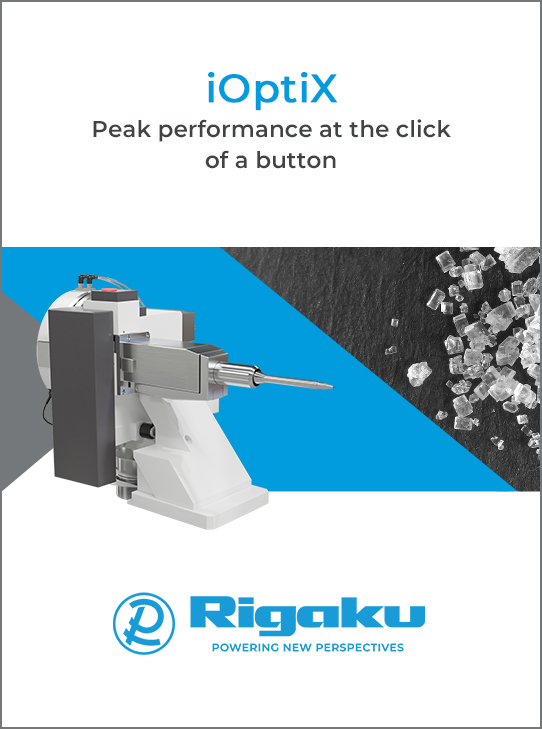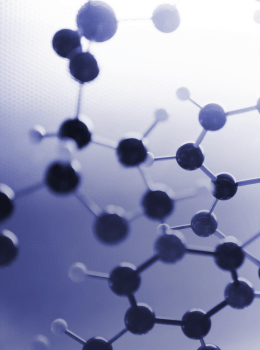
Obituary
J. Bruce Forsyth (1932–2023)
![Brucethumbnail [Bruce_thumbnail]](https://www.iucr.org/__data/assets/image/0011/157178/Bruce_thumbnail.jpg)
From Mike Johnson, Bill David and Andrew Taylor
Bruce Forsyth was a renowned research scientist who made significant contributions to the study of the atomic structure of magnetic materials through his development of the technique of polarised neutron scattering.
Following a PhD in Cambridge (UK), Bruce moved to Harwell, where he designed and built diffractometers on the Dido and Pluto reactors as part of Harwell's expanding user programme providing access for academic researchers.
He joined the Neutron Beam Research Unit (NBRU) at the Rutherford Appleton Laboratory (RAL) in 1972. The NBRU, under the leadership of Leo Hobbis, had been set up initially to support the development of a research reactor to replace Dido and Pluto. However, with the closure of the NIMROD synchrotron on the RAL site, the opportunity presented itself to build a world-leading pulsed neutron source based on the accelerator infrastructure and expertise at the RAL, which eventually became the ISIS Facility.
Bruce played a key role in developing the scientific case for ISIS as secretary of the 'Structure Determination' working group (led by Brian Fender), which assessed the range of science that could be achieved by the new source and outlined the key parameters for a number of crystallographic instruments, including the High-Resolution Powder Diffractometer (HRPD) and the Single-Crystal Diffractometer (SXD).
Promotion to an Individual Merit post soon followed, and Bruce's career developed in instrument building in science and in computing, both at the RAL and the Institut Laue-Langevin (ILL, Grenoble, France). His computing skills were key to defining the new facility's computing and data acquisition system, and his acronym PuNCH (Pulsed Neutron Computer Hierarchy) lives on at ISIS today. He also co-authored the specification-of-requirements document issued to companies bidding to supply the control and analysis computers.
His main scientific contribution was in crystallography, principally magnetic structures, and specifically exploiting the scattering of polarised neutrons, where he made many innovations in tandem with his long-time collaborator, Jane Brown of the ILL. As well as authoring scientific papers on the subject, he was instrumental in producing the Cambridge Crystallographic Subroutine Library (CCSL) suite of software, which is still widely used in the international scientific community.
Bruce retired from the RAL in 1997 after 25 years on the international scene but continued to be active with honorary positions at the Clarendon Laboratory, Oxford, and the University of Warwick, as well as collaborations in Grenoble.
Bruce brought enthusiasm and energy to all his work throughout his career – engaging and positive and always sporting a cravat! He was a 'light touch' manager, allowing and encouraging his team to develop and flourish. He and his wife, Janette, made team members welcome and were generous in making their holiday home in East Portlemouth available to colleagues. Bruce was a class act and a true polymath.
![[Bruceimage2]](https://www.iucr.org/__data/assets/image/0003/157179/Bruce_image2.jpg)
From Jane Brown
Bruce and I first met in 1955 when he joined the alloys group of the Crystallographic Laboratory of the Cavendish Laboratory in Cambridge as a research student. Although Bruce was my elder by a couple of months, he was a year junior in the lab because of the 18 months he spent doing National Service in the RAF. We both worked, under the supervision of Dr W. H. Taylor, on a project sponsored by the American Airforce to study the crystal and electronic structures of aluminium-rich intermetallic compounds. This led to our efforts to determine the electron distributions in these compounds and to the development of one of the very first automatic X-ray diffractometers, 'MAXIM', which received its instructions on punched paper tape from the EDSAC 1 computer.
After completing his PhD in the field of X-ray diffraction, Bruce moved on to neutron diffraction at the Atomic Energy establishment at Harwell. There he was responsible for building their first (and only) polarised neutron diffractometer on the Pluto reactor. He was closely involved with the establishment of the university user programme at Harwell and finally moved to the RAL when a Neutron Scattering group to support university users was created there.
When the British joined the ILL associates in 1973, Bruce immediately became involved in the plan to redirect three diffractometers, already ordered for the user programme, to the ILL. He had already been planning to upgrade and automate the Pluto polarised neutron diffractometer. He was rapidly able to adapt these plans, and proposed that one of the three diffractometers become a polarised neutron instrument. His ideas were accepted, and he became responsible for installing and programming the D3 polarised neutron diffractometer on the H8 beam of the ILL reactor.
He and his family spent the year 1974–1975 in Grenoble while the installation was underway. In the following years at the RAL, he was a staunch supporter of the UK Neutron Scattering Programme and a frequent visitor to the ILL, where we did many experiments together. Many of these were on D3, but he also exploited several other instruments. Over the years, we developed an increasing interest in the possibilities offered by neutron polarization analysis. After several less-than-satisfactory experiments using conventional techniques, Bruce became a valued collaborator in many of the exploratory experiments to establish methods for carrying out polarization analysis with the zero-field polarimeter Cryopad.
I will remember Bruce as a good friend and close collaborator with a constantly cheerful and outgoing personality.
Dr Forsyth served on the IUCr Commissions on Charge, Spin and Momentum Densities (1987–1996) and Neutron Scattering (1993–1999). For a list of his papers in IUCr journals click here.
Copyright © - All Rights Reserved - International Union of Crystallography








